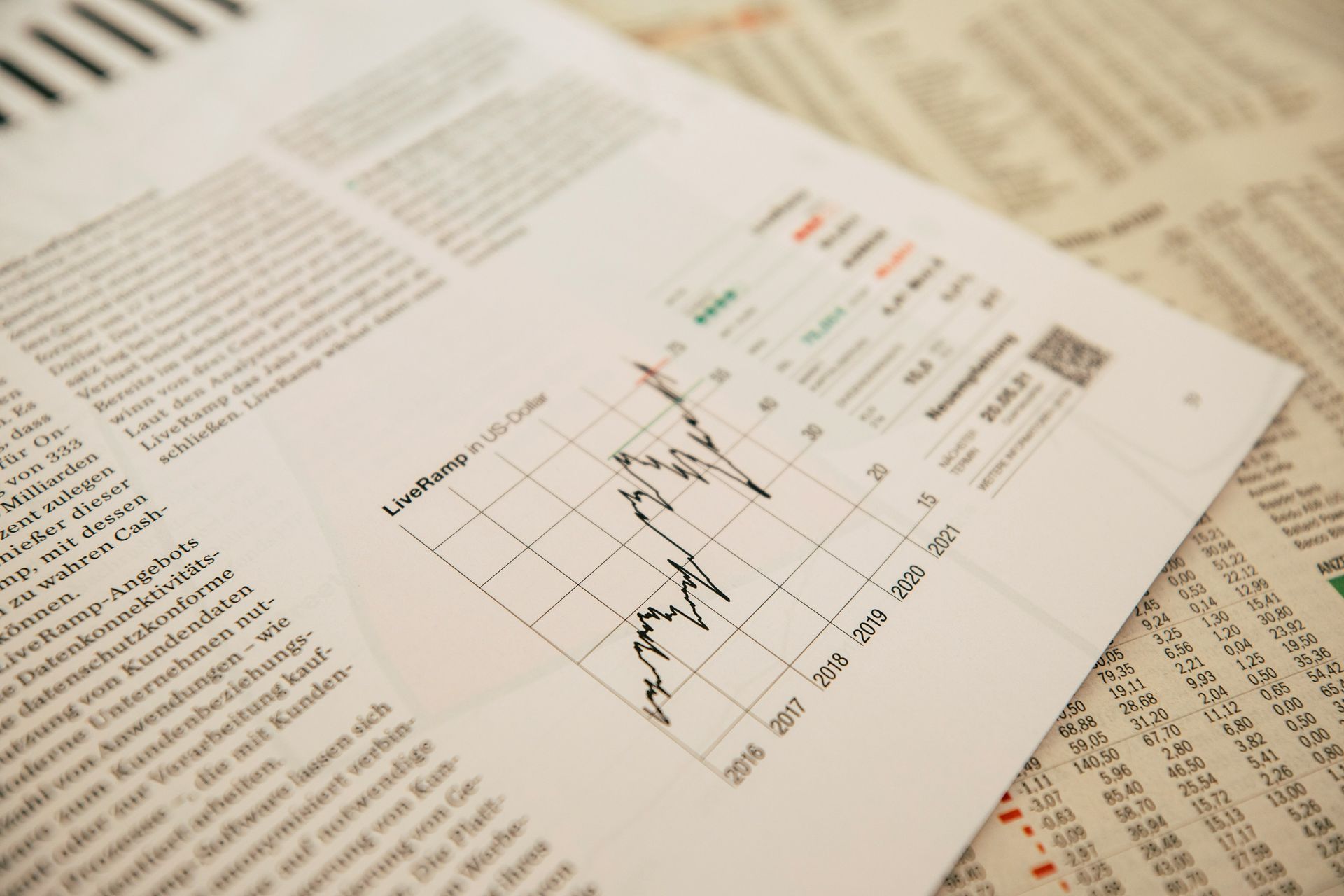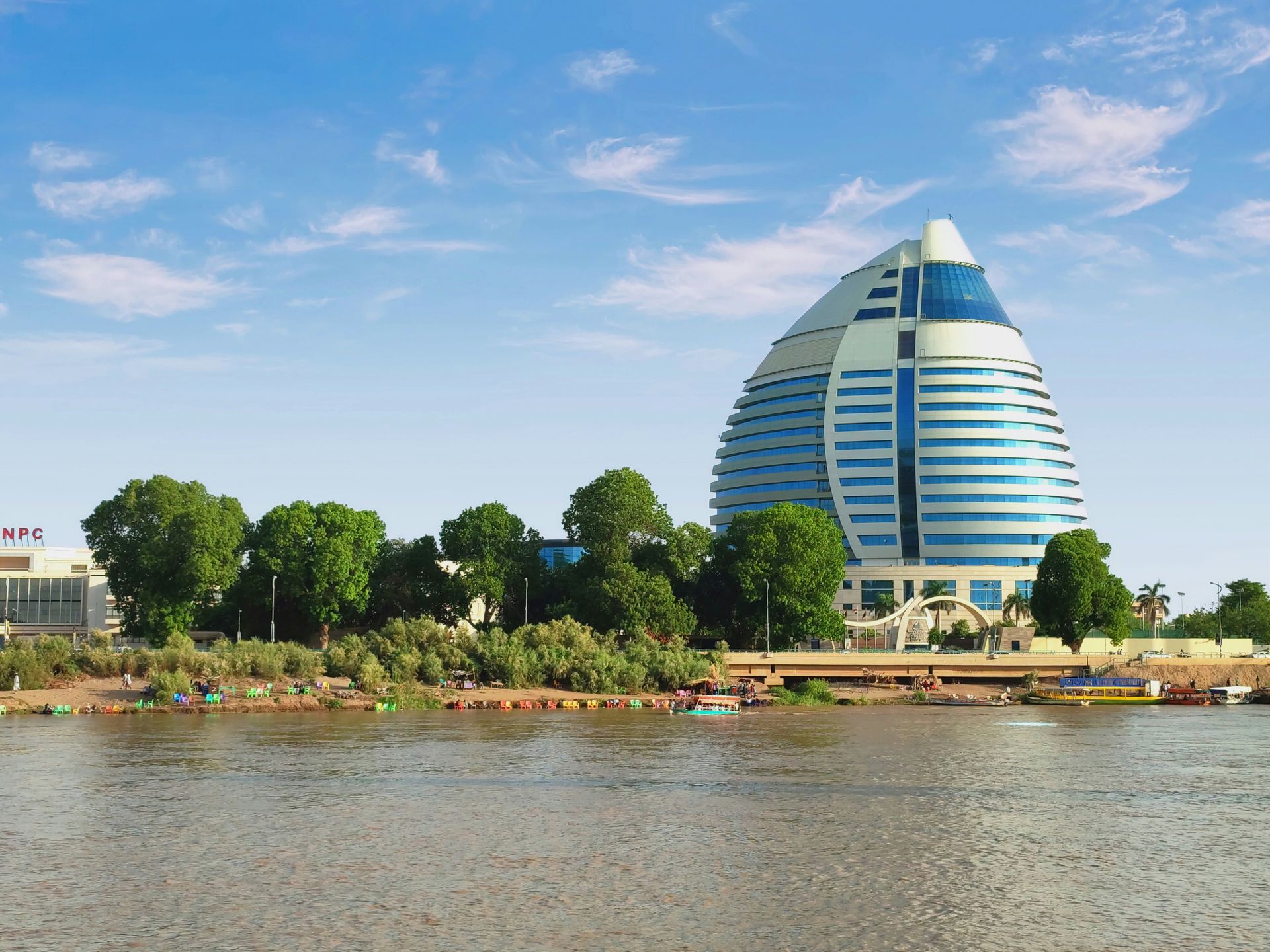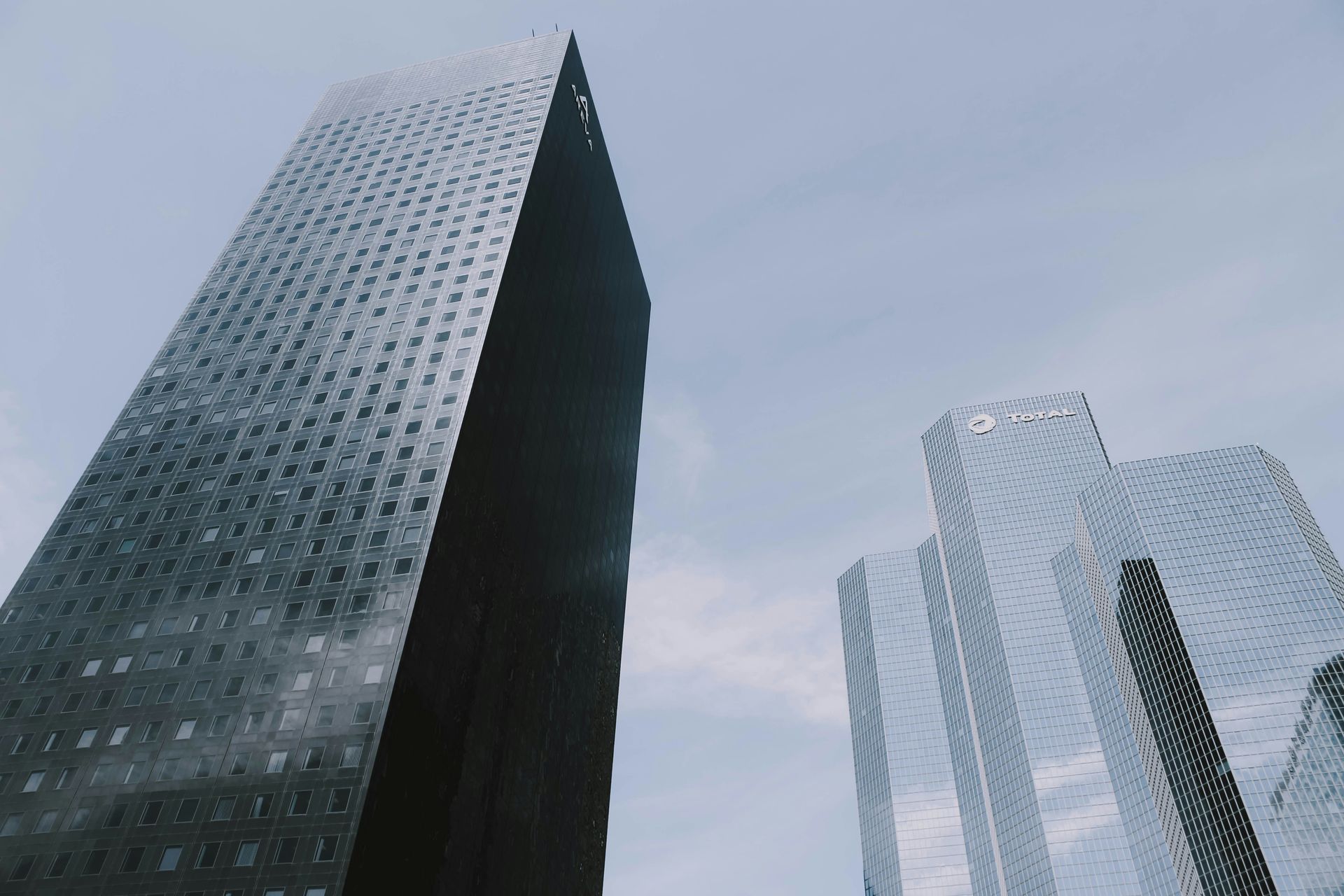DRC’s cobalt quotas: A new test for transparency & traceability
The Democratic Republic of the Congo (DRC) holds a dominant position in the global cobalt market, supplying about 70 per cent of the world’s output. In 2025, the country’s efforts to tighten control over this critical resource took a new turn.
After an eight-month export ban that rattled global supply chains, Kinshasa replaced the ban with a cobalt export quota system — a move designed to stabilise prices, strengthen state oversight, and formalise trade. The policy marks a major shift in how one of the world’s most scrutinised minerals is tracked, taxed, and traced.
The quota regime, implemented on 16 October 2025, is administered by the state regulator ARECOMS. Each approved exporter receives a yearly quota based on its average production and exports from the previous three years. A separate “strategic quota” is retained by the state for special projects and national priorities. Exporters must pre-pay taxes, present environmental compliance certificates, and undergo inspections at authorised depots and border crossings.
Officials say the aim is to reduce over-production that previously depressed cobalt prices and to ensure a transparent, auditable trail for every shipment leaving the country. The earlier export ban, introduced in early 2025, had already lifted prices by more than 90 per cent from multi-year lows. The government now wants to maintain that stability through controlled export volumes rather than outright restrictions.
Traceability on paper vs. practice
In theory, the quota system could improve traceability by linking each tonne of exported cobalt to a verified source and a recorded tax payment. In practice, the framework has introduced new uncertainties. The allocation process is not public, and the criteria for the discretionary “strategic quota” remain unclear. Civil-society monitors warn that opaque quota management risks creating “negotiation-based compliance,” where exporters pay informal fees to secure or adjust allocations.
The DRC’s cobalt sector has long struggled with fragmented oversight. Multiple agencies share jurisdiction, while data on production and exports are not consistently published. Without regular disclosure, companies cannot easily confirm that their suppliers operate within legal limits — a problem compounded by frequent checkpoints along transport routes, where informal tolls and under-reporting are common.
Artisanal cobalt: Still outside the net
The quota system applies only to industrial producers. Artisanal and small-scale mining (ASM) — which accounts for roughly a third of Congolese cobalt — is regulated separately. Under current law, all artisanal cobalt must be sold through the state-owned Entreprise Générale du Cobalt (EGC), which holds exclusive rights to buy, process, and export ASM output. The intent is to centralise and formalise artisanal trade, preventing child labour and unsafe working conditions from contaminating the formal supply chain.
However, EGC’s operational reach remains limited. No processing plant is yet active, and most ASM material continues to pass through informal channels or intermediaries before export. The exclusion of artisanal production from the quota framework effectively widens the gap between traceable industrial supply and untracked artisanal output. Analysts fear this separation could push more ASM material into smuggling routes, where it is blended with industrial cobalt and exported under false declarations.
Technology and verification efforts
To address these weaknesses, the DRC and its partners are testing digital tracking tools. The Re|Source platform — a blockchain initiative led by Glencore, CMOC, Umicore, and Tesla — is piloting traceability from mine to refiner, with each transaction recorded on a tamper-proof ledger. This model allows downstream buyers to verify that specific batches of cobalt come from approved sites and pass through compliant refiners.
At the same time, the government is tightening documentation at laboratories and border posts, requiring every export batch to match an authorised quota and environmental permit. These efforts, together with donor-supported projects on mine site certification and traceable payments to artisanal cooperatives, indicate a gradual move toward data-driven oversight.
Yet the system remains fragmented. Blockchain pilots cover industrial producers, while artisanal cobalt remains mostly offline. Public access to official data — such as production statistics, quota allocations, and ownership records — is still limited. Without integration across these systems, traceability remains partial and vulnerable to manipulation.
Governance and data transparency
The DRC’s mining code includes disclosure requirements consistent with the Extractive Industries Transparency Initiative (EITI), but implementation lags. Many mining contracts, export figures, and beneficial ownership details are either unpublished or outdated. Transparency advocates argue that until these datasets are made accessible and routinely updated, technological fixes will have limited effect.
The government has acknowledged these concerns and pledged to strengthen oversight capacity. ARECOMS officials have signalled interest in publishing periodic quota summaries and engaging independent auditors, but as of November 2025, no such disclosures have appeared.
Implications for supply chain due diligence
For companies, the DRC’s evolving cobalt policy means more regulation but not yet more predictability. The new system requires exporters to document provenance and compliance, but buyers still face uncertainty over how quotas are enforced and whether artisanal cobalt can be reliably excluded from formal supply.
The DRC’s quota system represents progress toward state control and potential transparency, but its success will depend on open data, coordinated enforcement, and the integration of artisanal mining into formal traceability frameworks. Until those conditions are met, cobalt from the world’s largest producer will remain only partially visible to the markets that depend on it.



